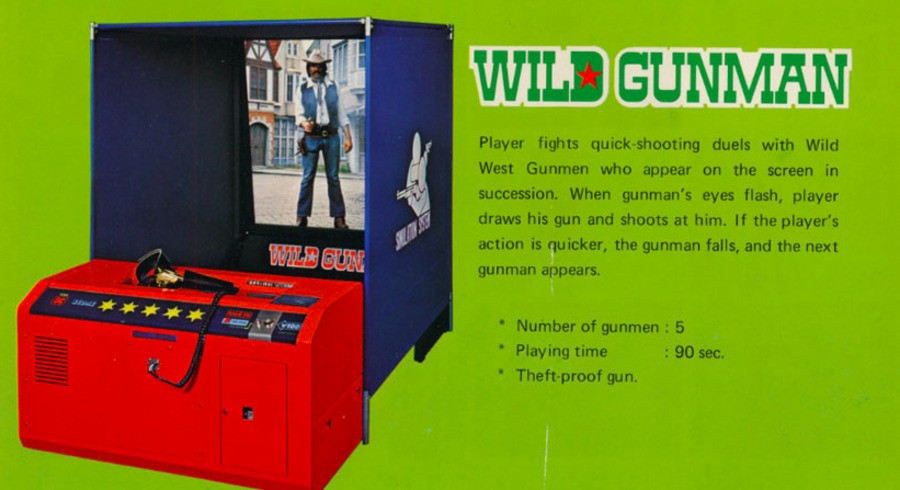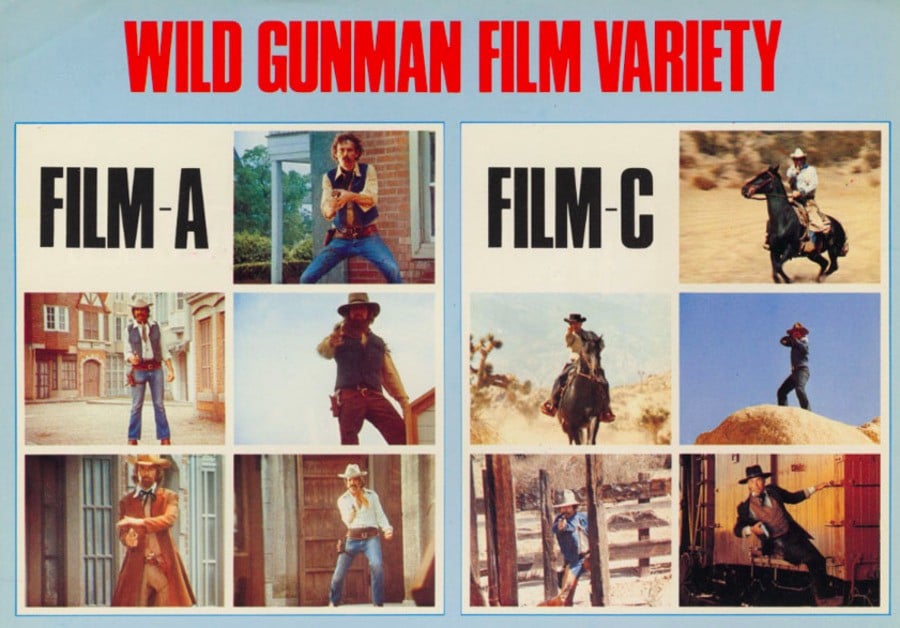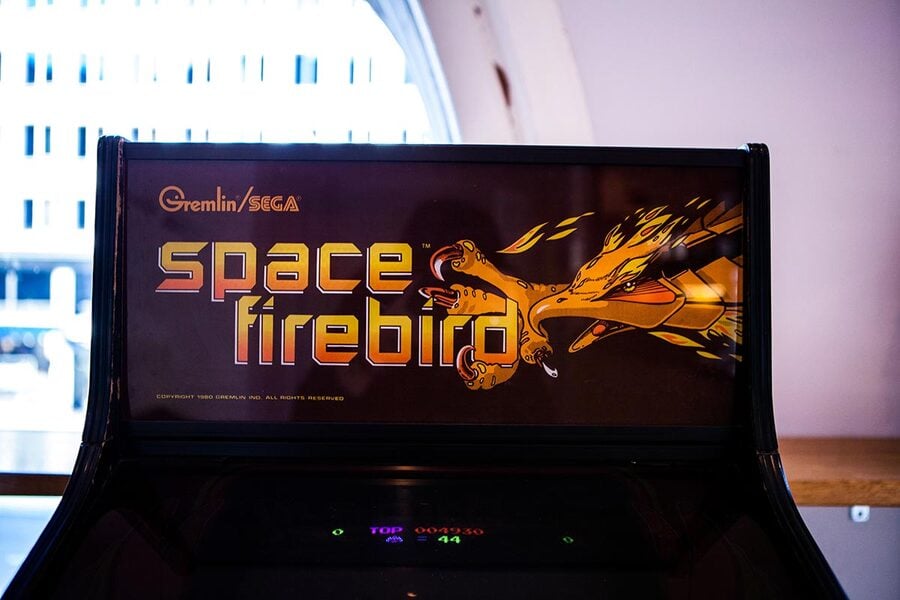
They didn't call it a 'console war' for nothing; the titanic struggle for domination of the living room that took place between Sega and Nintendo in the 1990s has gone down as the stuff of video gaming legend. The two companies fought tooth and nail during the 16-bit era, with the SNES and Mega Drive (Genesis if you're in North America) selling millions of units between them and kickstarting an interactive entertainment revolution all over the globe. But the animosity between the two firms was striking; Sega fired pot shots at Nintendo in its advertising campaigns while Nintendo took delicious satisfaction in throwing Sega under a bus during the 1993 Senate hearings on the issue of video game violence. There was, at this time, no love lost between the two competitors.
As we all know, Sega and Nintendo have long since buried the hatchet and have worked together a wide selection of games, with Nintendo even publishing some of Sega's key titles on its consoles. However, what many people aren't aware of is the fact that the pair were business partners a decade before the 16-bit wars made them bitter enemies.
 Watch on YouTube
Watch on YouTubeSubscribe to Nintendo Life on YouTube841k
Sega as a company has changed many times over, and dedicated video game historians will be well aware that its origins are actually found in the American-run firm Service Games, which itself has a convoluted history. Service Games made its fortune with mechanical amusement machines and scored hits with titles like Periscope, the first coin-operated machine which cost 25 cents to play. The firm's success caught the eye of Gulf + Western, a conglomerate that was snapping up promising companies left, right and centre during the late '60s. It purchased the company in 1969; a few years later, Sega would do a bit of business which, in historical terms, was pretty groundbreaking – although it probably didn't seem that way back in 1976.

'76 was the year that Sega agreed to distribute Nintendo's lightgun shooter Wild Gunman in North America. The game borrowed heavily from Nintendo's 1973 Laser Clay shooting range, and was housed in a cabinet that was 10 feet long; actual 16mm footage of Wild West gunmen was projected onto a screen, with a flashing signal telling the player when to draw their pistol (which was worn on a holster) and shoot back. It is believed to be the first 'FMV' game in the history of the industry, but even so, it was part of a dying breed; electro-magnetic coin-op systems of this type were about to be superseded by 'video' games which used monitors and computer technology to present people with entertainment (Wild Gunman would, of course, be resurrected on the NES, and a toy released around the same time as the arcade original is referenced in WarioWare on the GBA).
Sega decided it needed outside help to keep the coins rolling in, so it purchased San Diego-based company Gremlin, which had already heavily invested in the technology required to make arcade video games and had plenty of experience. Sega/Gremlin was born, and a new age of success began for the firm – this is the period of Space Invaders, Pac-Man and Pong, and many more titles that formed part of what many refer to as the 'Golden Age' of video games.
It was also at this time that Sega and Nintendo worked together on a second project (or the third, if you count the UK release of Sheriff, one of Nintendo's first video games), called Space Firebird. Featuring cabinet artwork by none other than Shigeru Miyamoto, this clone of the popular shooter Phoenix was one of Nintendo's many early attempts to crack the video game market; up until this point it was most famous for manufacturing playing cards, board games, toys and unique gadgets, most of which were made by legendary designer Gunpei Yokoi.
It's not totally clear if Space Firebird was a success in North America under Sega's distribution, but the deal between the firms didn't last; Nintendo decided to distribute its arcade titles in North America on its own from that point onwards, and a year later would strike gold with Donkey Kong. Sega, other hand, underwent yet another metamorphosis after it was offloaded by Gulf + Western, changing from Sega Electronics to Sega Enterprises, the iteration of the company that would release the Master System and Mega Drive – arguably the best-known 'version' of Sega to date, and the most globally successful.

This fascinating story from the early days of arcade gaming is just one taken from the utterly superb book The Sega Arcade Revolution, penned by Sega-16's Ken Horowitz. The book chronicles the history of Sega, from its origins as Service Games all the way up to its recent efforts in the diminishing coin-op sector. Impeccability researched and packed with interesting anecdotes, it aims to tell the story of the company via 62 of its arcade classics – some of which are well known, like Space Harrier, Zaxxon and Virtua Fighter, while others are less famous, yet still historically significant. Take Subroc-3D for example; it offered a convincing 3D perspective on submarine warfare but ultimately wasn't as popular as some of Sega's other titles, and has been unfairly forgotten.
It's all too easy to think of Sega as a firm which made its fortune during the '80s with a string of arcade hits and excellent home hardware, but during the '70s and '80s it was one of the major players in the coin-op sector – and what's even more surprising is that many of its early coin-op hits were made in North America by Gremlin designers; it wasn't until the arrival of Zaxxon – which was apparently the handiwork of Japanese company Ikegami Tsushinki, which was also believed to have developed Donkey Kong for Nintendo – that the balance shifted towards Japan, and when the arcade market began to sag in the early '80s, Sega made the decision to shutter its previously prolific North American operation. Ironically, one of the first games produced by Sega after the collapse of its distribution deal with Nintendo was Congo Bongo, a derivative clone of Donkey Kong which was also coded by Ikegami Tsushinki. At any other point you could have expected Nintendo to take legal action, but the company was embroiled in a fight with Universal over the similarity between Donkey Kong and King Kong; Nintendo ultimately won that contest, but it obviously would have looked somewhat hypocritical chasing down Sega on an almost identical issue.
If you're a fan of Sega or simply want to learn a little more about the genesis of the coin-op industry, The Sega Arcade Revolution comes highly recommended.
Please note that some external links on this page are affiliate links, which means if you click them and make a purchase we may receive a small percentage of the sale. Please read our FTC Disclosure for more information.





Comments 15
This sort of stuff is always an interesting read. You just know the people of that era could never have imagined where their companies would go in the future.
Hi Damien, haven't read the whole article yet but looks like an interesting read, just like to point put although that Sheriff was not actually Nintendo's first video game - http://www.ukvac.com/forum/nintendo-video-arcade-machine-reference-19781985_topic352997.html
Cheers, Rich
I always knew nintendo would keep on going even tho i had both sega and Nintendo consoles.
I like articles like this! Keep it coming!
I'm sure I saw this In a seaside arcade when I was extremely young (around 1980). I was too young to understand what I was seeing, in fact, and thought there was an actual cowboy figure that came out of the wall in the arcade. When I was older I tried to work it out, and there was no physical evidence of there ever being a door there. It was almost certainly this, and I feel a great sense of satisfaction to learn about it. Thanks for the article!
@NintoRich Sorry, I got confused there - it's the first Nintendo game that could be considered "original" as the others are all variants of existing titles. I've amended.
On a light hearted note, it's amazing how often gorillas were involved in those days. Monkey business indeed!
to state that Sega & Nintendo were "enemies" is a tad harsh..
Back then Nintendo and Sega were mostly just third parties so it's understandable that both were in good terms with one another. It's also nice that Nintendo went back to Sega for arcade distribution again with F-Zero AX. I had to say though had Sega was a console maker at the time of this in North America, Nintendo would had gone to them for the distribution of the Famicom instead of choosing Atari.
@paihia Were you around in the early '90s? 😁
I had a sega master system in late 80s.. (my first console) I saw them as healthy rivals;)
The toy with the gunman and lion is also in warioware gold for 3ds.
These tidbits are always fun.
Come on Hamster! Release this version of Wild Gunman on the Arcade Archives label on the eShop!
Great article. I have the book "console wars" also which tells a great story of their fight in the 90's. I believe it is becoming a film so look forward to that.
More of these articles please.
Show Comments
Leave A Comment
Hold on there, you need to login to post a comment...